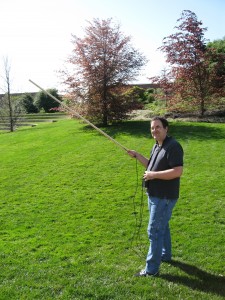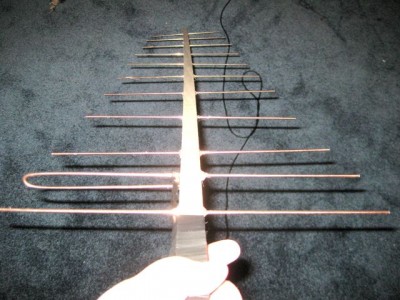Previously I wrote a simple program to compute the number of positions that are legal in Checkers. I thought I might perform the same analysis for the game of Awari. The simplest approximation that you can get is by counting the number of ways that n undistinguished stones can be distributed in m distinguished pits. A few minutes scratching (or searching the web) will show you that n undistinguished balls can be distributed in m distinguished pits in comb(n+m-1, m-1) ways. Awari begins with 48 stones and 12 pits, so if we sum all the totals, we’ll get the total number of positions. Well, it is an overestimate. First of all, there are no legal positions in Awari with 47 stones, since the first capture either captures 2 or 3 stones. And, there are many positions in here which cannot occur in the game. For instance, in the real game, the non-moving player can never have stones in every pit (except the first move, of course) because he would have previously had to empty one pit to sow it, and that pit is always skipped when you sow. And these totals don’t include any kind of “reachability” analysis: many nodes can’t be achieved in play.
According to Romein and Bal’s work, there are 889,063,398,406 positions which are reachable in Awari. Writing up my naive totaller gives the following totals:
--------------------
1 12
2 78
3 364
4 1,365
5 4,368
6 12,376
7 31,824
8 75,582
9 167,960
10 352,716
11 705,432
12 1,352,078
13 2,496,144
14 4,457,400
15 7,726,160
16 13,037,895
17 21,474,180
18 34,597,290
19 54,627,300
20 84,672,315
21 129,024,480
22 193,536,720
23 286,097,760
24 417,225,900
25 600,805,296
26 854,992,152
27 1,203,322,288
28 1,676,056,044
29 2,311,801,440
30 3,159,461,968
31 4,280,561,376
32 5,752,004,349
33 7,669,339,132
34 10,150,595,910
35 13,340,783,196
36 17,417,133,617
37 22,595,200,368
38 29,135,916,264
39 37,353,738,800
40 47,626,016,970
41 60,403,728,840
42 76,223,753,060
43 95,722,852,680
44 119,653,565,850
45 148,902,215,280
46 184,509,266,760
48 279,871,768,995
--------------------
1,171,666,558,334
which indicates that approximately 1/4 of all the positions enumerated here are illegal or unreachable. Still, the ease of indexing using this naive idea may compensate for doing anything more compact but more confusing.



I recall burning three or four weeks of a sabbatical getting Saccade.com on the air with Wordpress. So much tweaking…